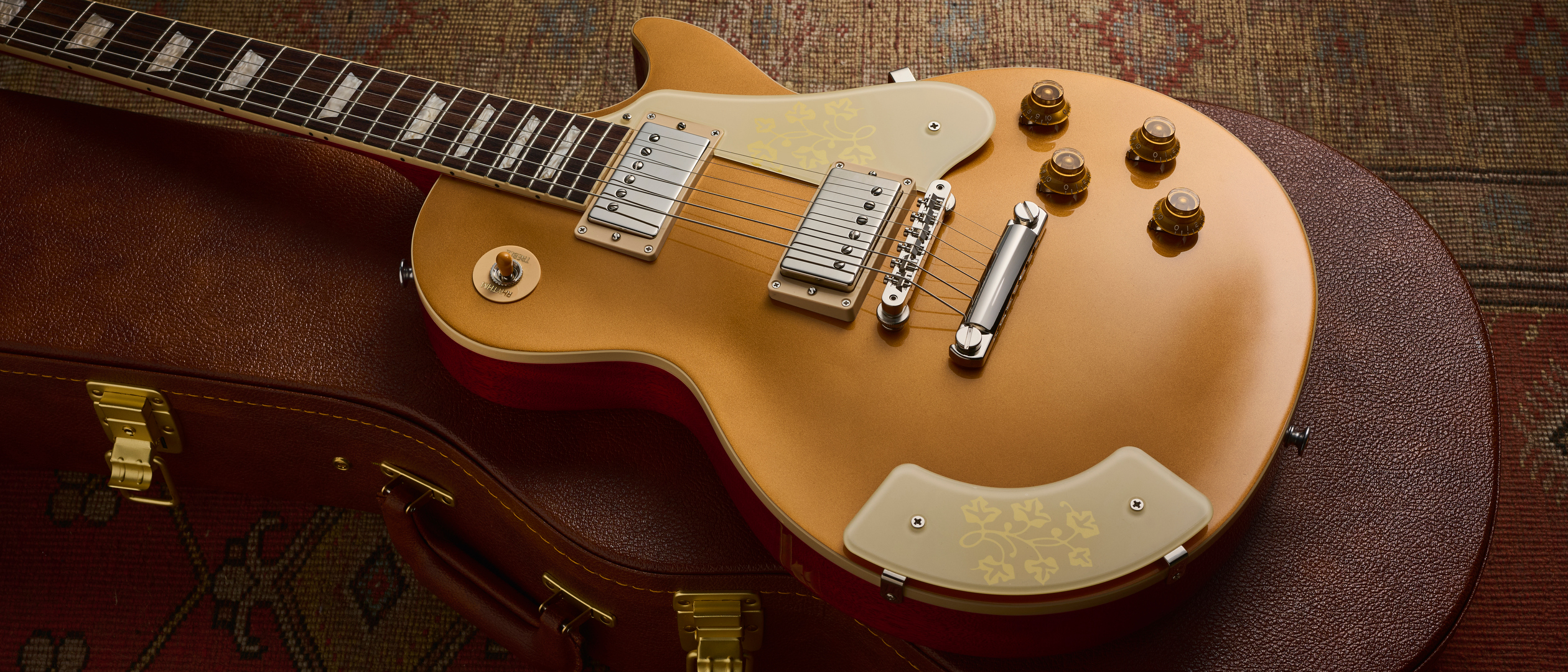MusicRadar Verdict
Fun, unique and brimming with character, the Mary Ford Les Paul Standard Goldtop is a fitting tribute to one of the most pioneering recording artists of the fifties. With a distinctive blend of specs and distinguishing visual appointments, this is a Les Paul like no other, and we find ourselves falling for its charm.
Pros
- +
Unique aesthetic.
- +
Timeless tone.
- +
Very playable neck.
Cons
- -
The armrest is awkward when standing.
- -
Our review model was very heavy.
MusicRadar's got your back
What is it?
Mary Ford may not have the same name recognition as her former husband and musical partner, Les Paul. Still, it could be argued that without her delicate and soulful voice, as well as her tight and accomplished six-string skills backing up Paul's virtuosity, the guitar legend's career may never have reached the same dizzying heights.
Now, throughout her career, Ford played several models, from an early fifties Goldtop to a '61 three-pickup Les Paul “SG” Custom and the exquisitely finished ES-295 – and it would be the latter that provided the inspiration for this new signature model.
Based on a custom-ordered 1958 Goldtop Les Paul that Gibson believes was specially made for Ford, this new guitar not only pays homage to Ford's legacy but also brings a piece of guitar history to the present. Combining the visual flare of the iconic ES-295 with the streamlined simplicity of the Les Paul, the new Ford model is a head-turner for sure.
Of course, the most striking difference from regular Goldtop models is the addition of the armrest. This isn't an entirely new idea, as Gibson has experimented with various banjo-style rests in the past, but it's fair to say none are as visually appealing as this.
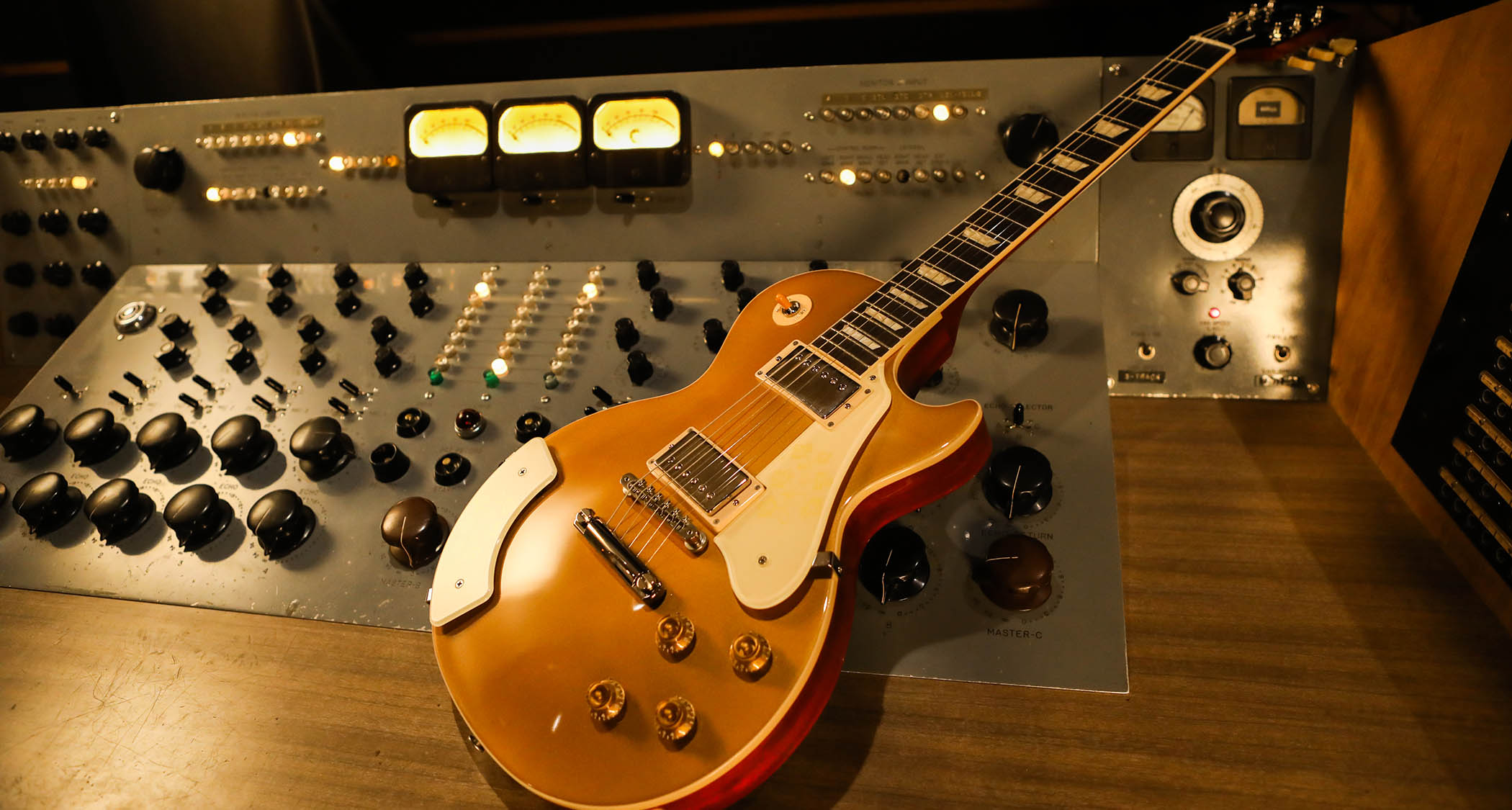
As expected, the guitar also boasts a full-weight mahogany body topped with a maple cap and a mahogany neck with a rosewood fretboard. What's truly intriguing is the unique combination of '50s and '60s specs in the Ford signature. Currently, a Goldtop finish is only available on the '50s Standard, but here, it has been integrated with the comfortable SlimTaper neck profile of the current '60s Standard. It's worth noting that the gilded finish is accented by a Vintage Cherry back, a rarity for a Goldtop, which would typically sport a dark or natural rear.
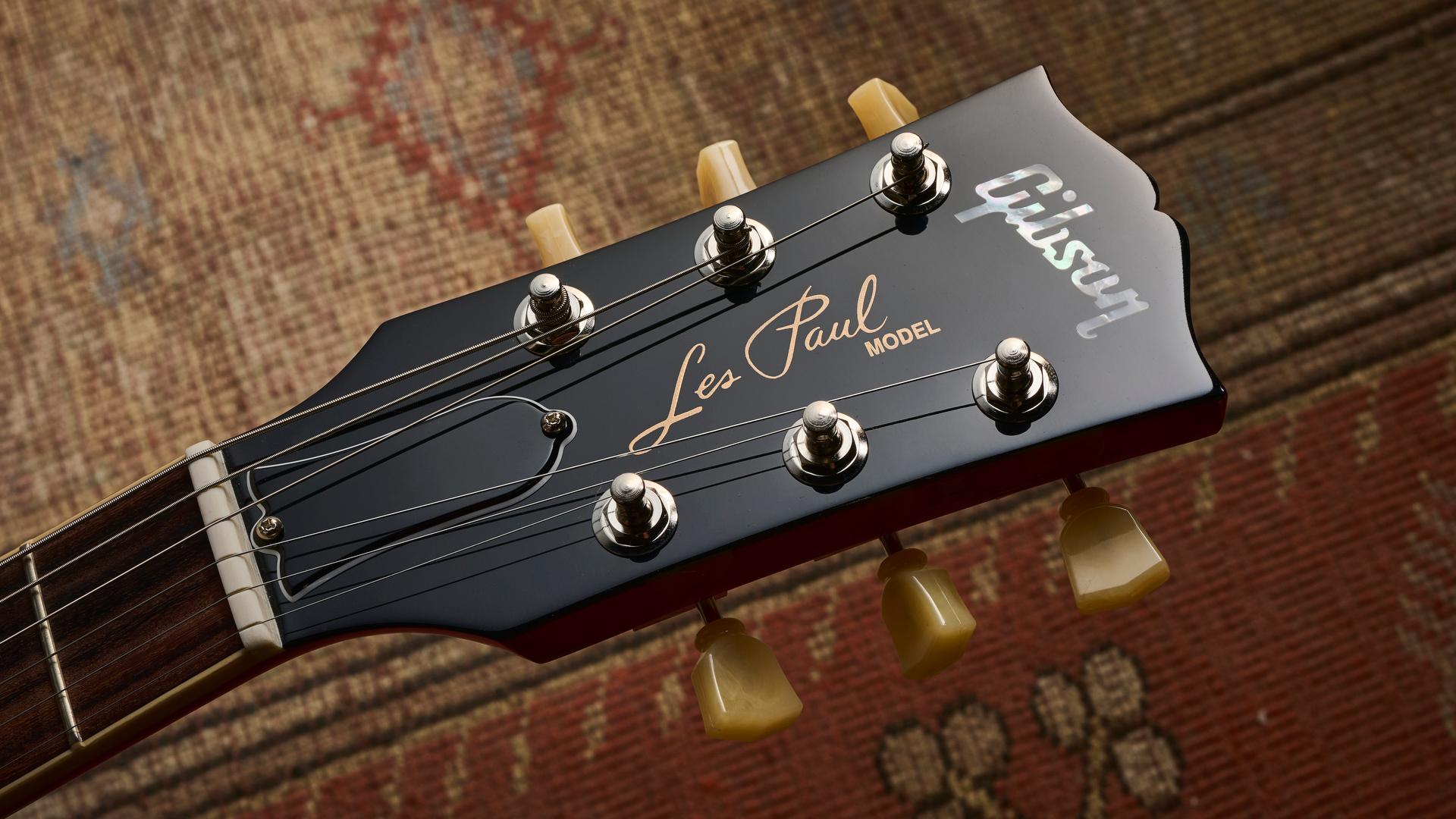
This mismatching of specs continues to our headstock, which is crowned with the Vintage Deluxe machine heads found on the '50s variant Les Paul. The guitar is powered by a pair of Burstbucker pickups, with a Burstbucker 2 in the neck position and a Burstbucker 3 at the bridge, and the whole guitar comes shipped in the standard Gibson hardshell case, which features a retro brown exterior and red interior.
Gibson proudly states that this is the "First public release of an ultra-rare signature model from the golden era," but that isn't strictly true. Gibson produced a limited number of Custom Shop Mary Ford Signature '58 Reissue Les Pauls from 1997 to 2000, which featured many of the same attributes of this modern run. So, perhaps it’s more accurate to say this is the first USA-factory release outside of a limited Custom Shop run.
Specifications
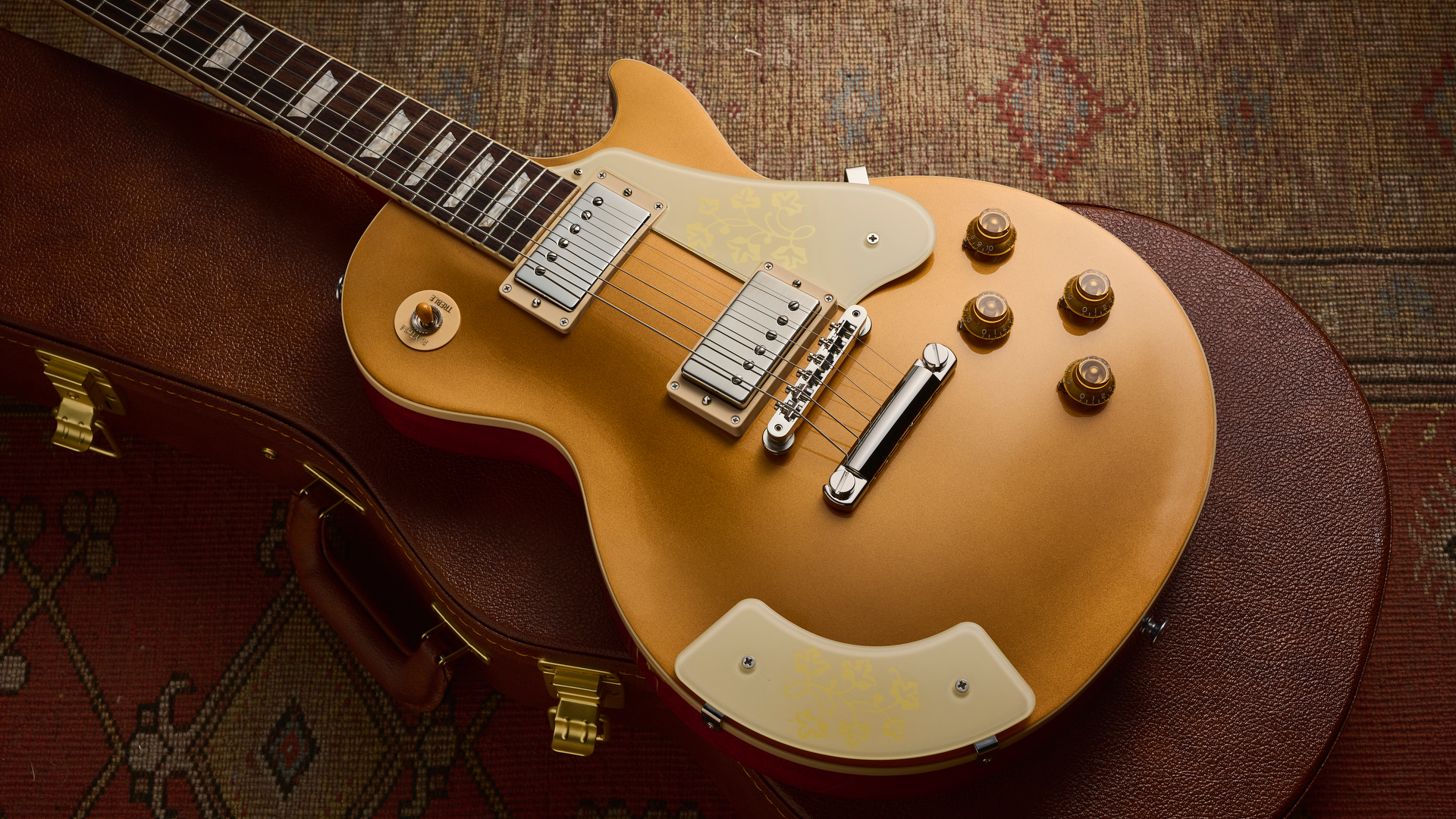
- Price: $2,999/£2,599/€2,979
- Made: USA
- Type: Six-String electric guitar
- Body: Mahogany/maple top
- Neck: Mahogany
- Fingerboard: Indian rosewood
- Scale length: 628.65 mm / 24.75 in
- Nut/width: 43.053mm / 1.695in
- Frets: 22 medium jumbo
- Hardware: ABR-1 Tune-o-matic bridge, Vintage Deluxe with Keystone button tuners, ES-295-style pickguard and arm rest
- Electrics: Burstbucker 2 & 3, 2 Volume, 2 Tone; hand-wired with Orange Drop capacitors
- Weight: 8.9lb
- Left-handed: No
- Finishes: Goldtop
- Case: Gibson Brown hardcase
- Contact: Gibson
Build quality
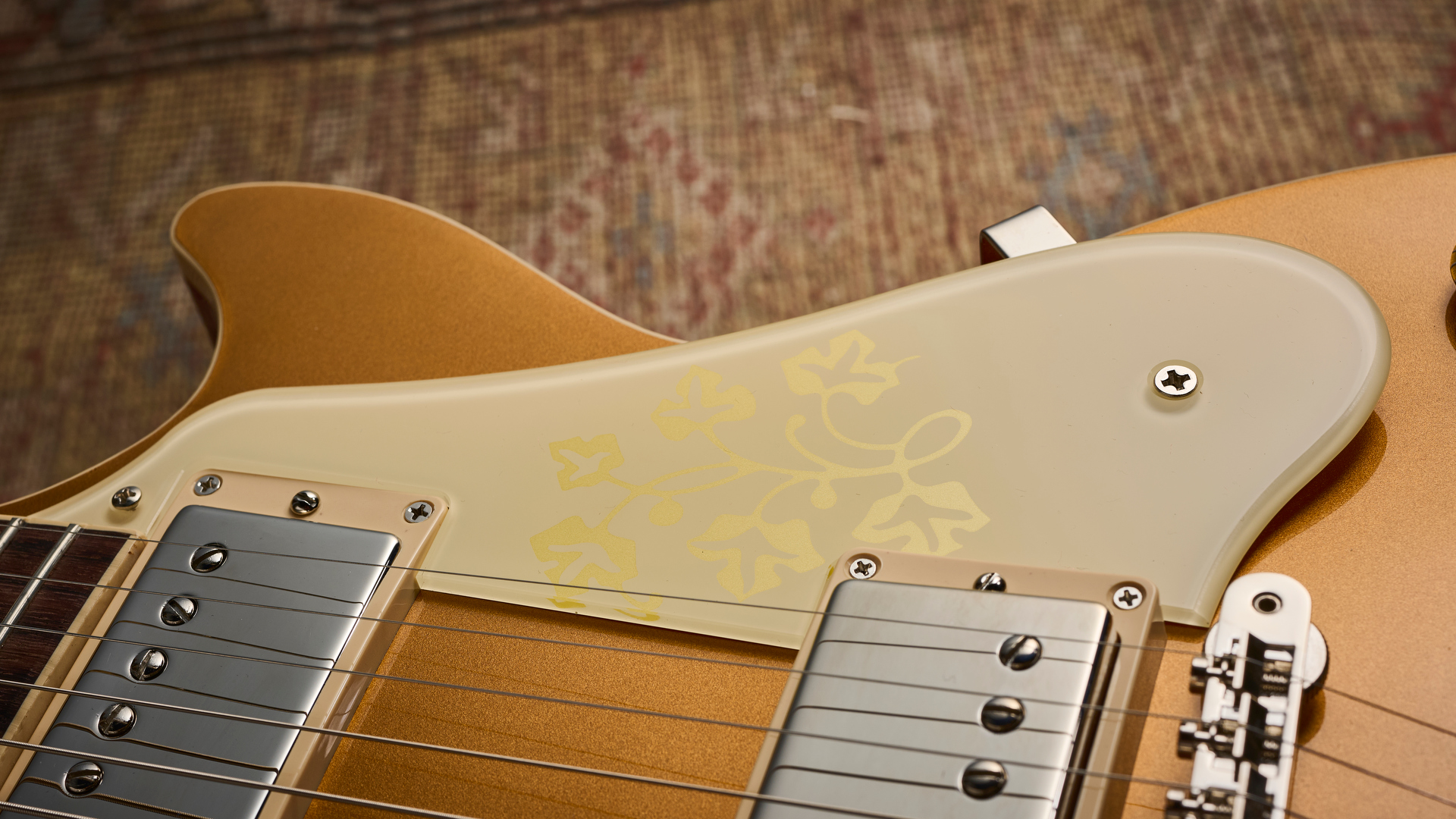
Visually, this guitar is a work of art. Yes, some may find it gaudy, but I find myself oddly drawn to its over-the-top, extravagant fifties charm
Build quality rating: ★★★★1/2
Since the new management took over in 2018, I’ve consistently praised this new era of Gibson for its outstanding build quality, and I’m glad to say the new Mary Ford model follows the same trend. An expertly applied finish complements tidy fretwork and a spot-on setup straight out of the box.
Visually, this guitar is a work of art. Yes, some may find it gaudy, but I find myself oddly drawn to its over-the-top, extravagant fifties charm. The cherry red back and gold front are somewhat of an odd combination, but weirdly, I think they work.
That said, a persistent buzz did taint my initial first impressions of this stunning guitar – although it turned out to be a very straightforward fix. When striking an A chord, I kept hearing an unpleasant rattle and buzz. A quick check of the setup ruled out a high fret or neck relief issue. Checking the other common causes, such as loose machine heads, armrest and pickguard, and again, everything is as it should be. So, what was causing this dreaded noise? Well, after 20 minutes of searching, I finally found the culprit – a loose truss rod cover that resonates particularly vocally in the key of A. Tightening up the cover wholly eradicated the issue, and the buzz disappeared.
Playability
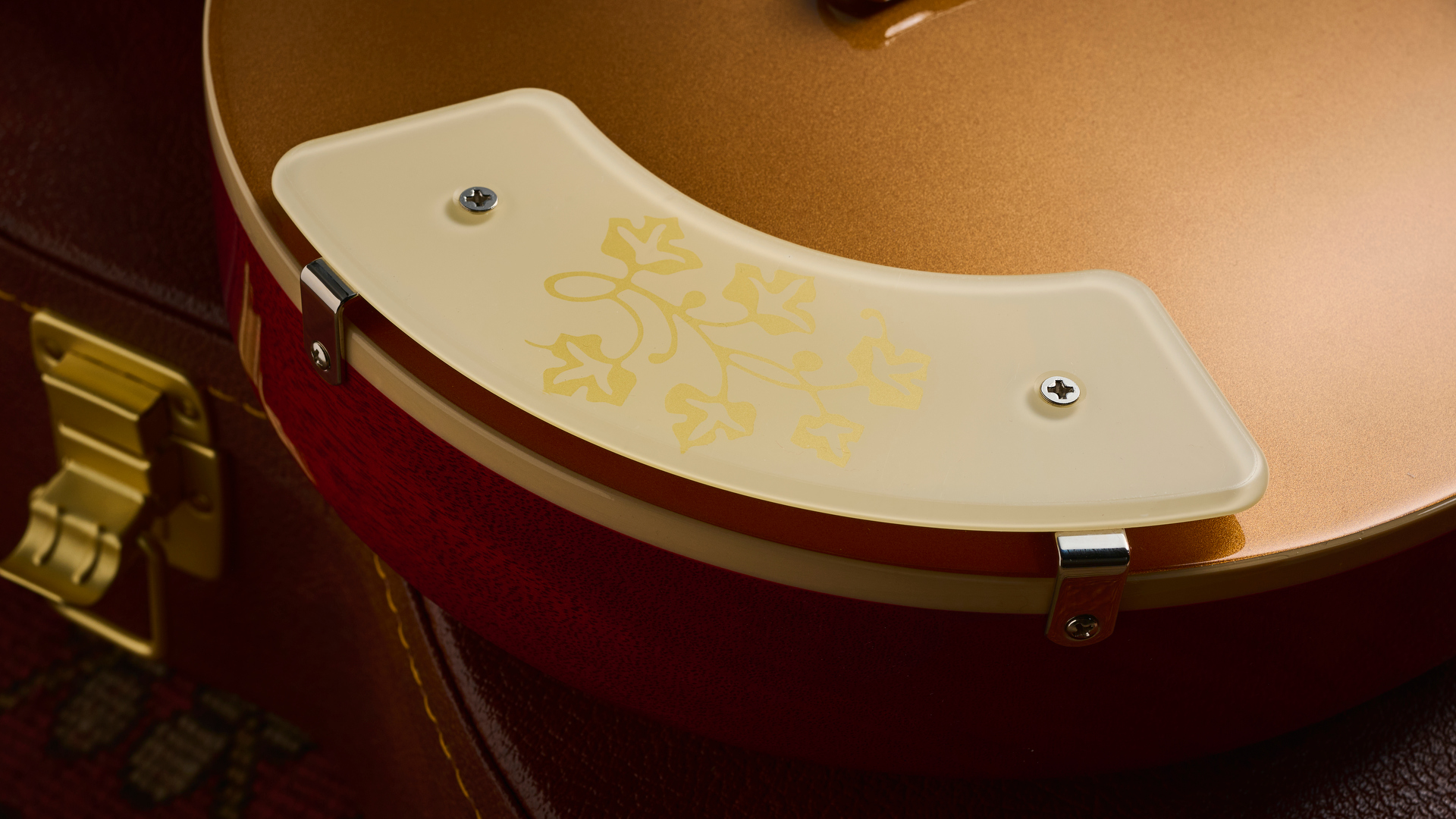
A common complaint about the Les Paul is the sharp binding edges can dig into your strumming arm, and if this is a problem you have personally faced on previous LP models, the Mary Ford may just solve this issue for you
Playability rating: ★★★★
My infatuation with Goldtops has always been strong, but the ‘50s-style neck profile often deterred me from making a purchase. If I had a choice, I’d always choose the SlimTaper ‘60s neck variant. So, you can imagine my excitement when I discovered this very profile on the new Mary Ford model, a preference that I'm sure many of you can relate to.
Slender, not too narrow, and incredibly inviting, to me, this is the perfect neck for a Les Paul. I’m not sure why, but this profile has always fit my hand the best, and I keep returning to it as my all-time favourite – it’s no surprise that the majority of my personal Gibson models sport this style of neck.
As I mentioned before, the fretwork is very clean on this particular model, and the binding edges show no tooling marks or blemishes that would get in the way of my playing. The action on my review model was very low, making everything from gravity-defying bends to ultra-wide vibrato a breeze to perform.
Turning my attention to the armrest, and this is where I think the guitar will divide people the most. I’m not sure if Mary Ford had this installed for comfort or to save the gold paint from wearing away in this spot – something that was very common on guitars from this era. Perhaps it was both. For me, I don’t think it adds to the comfort of the instrument; in fact, I think it detracts from it, if anything.
Yes, the rest itself is smooth and rounded, but I feel it elevates my arm to an awkward playing position. This isn’t too noticeable when seated, but for me, it becomes very awkward when standing up with the guitar on a strap. That said, it may just not work for my particular playing style, and it may feel more comfortable to you. A common complaint about the Les Paul is the sharp binding edges can dig into your strumming arm, and if this is a problem you have personally faced on previous LP models, the Mary Ford may just solve this issue for you.
Sounds
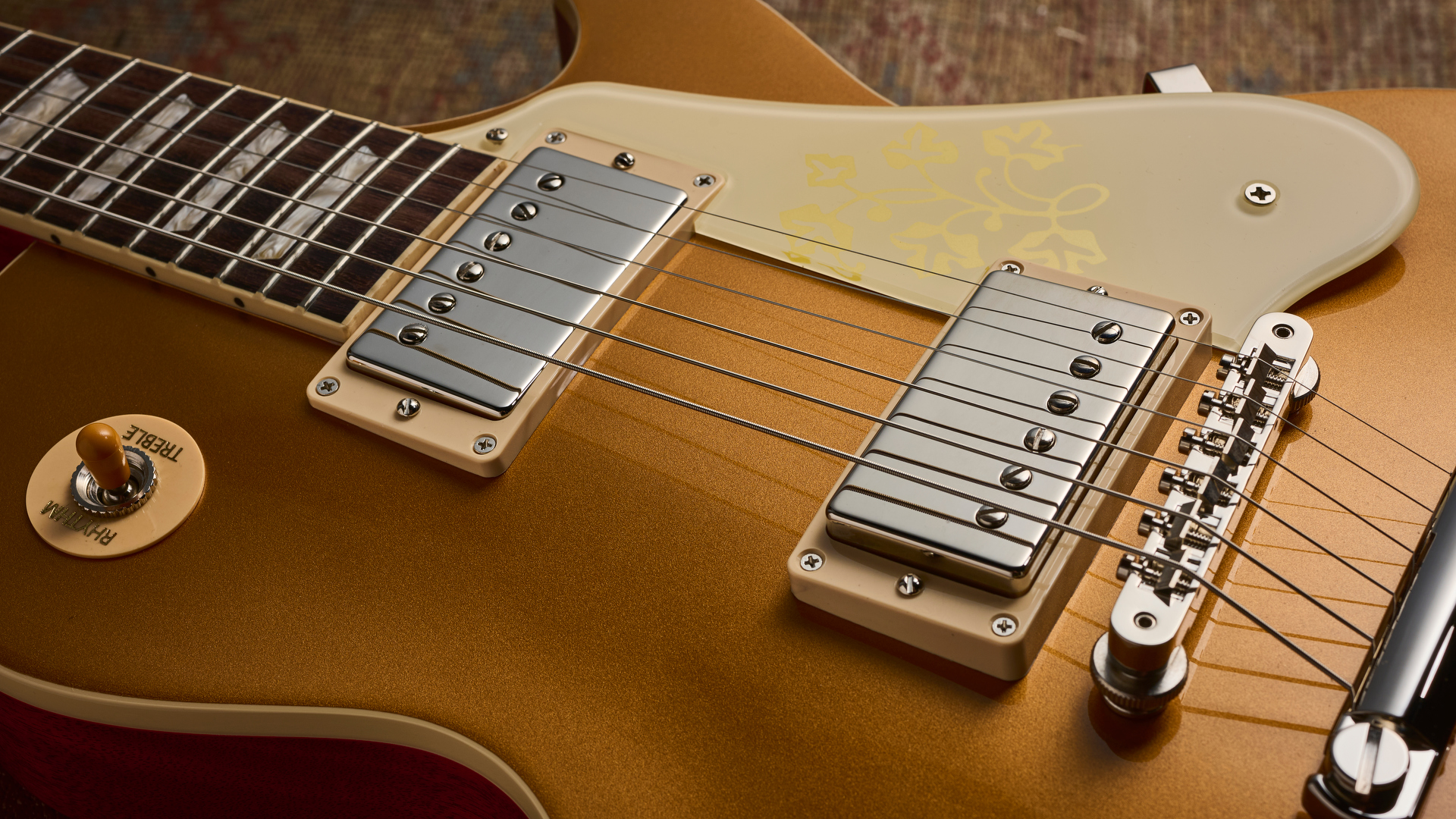
The overwound pickup produces a mid-forward sound that is ideal for in-your-face rock riffs but has enough of that retro charm to keep it sounding grounded and suitably vintage
Sounds rating: ★★★★
Just by looking at this guitar, you’d be forgiven for thinking it comes loaded with the same pickups as the current iteration of ‘50s Standard, but that is not the case. Loaded with the hotter Burstbucker 3 in the bridge, this guitar really barks when introduced to a healthy amount of gain. The overwound pickup produces a mid-forward sound that is ideal for in-your-face rock riffs but has enough of that retro charm to keep it sounding grounded and suitably vintage. I used my trusty Vox AC30 to test drive the Mary Ford model, and it was a perfect pairing.
Switching to the neck and the lighter Burstbucker 2 delivers the creamy, buttery tone we’ve all come to expect from this position of the Les Paul. It is difficult not to fall down the rabbit hole of cliche pentatonic runs and bad Slash impressions with the Les Paul neck pickup activated, but it just sounds so good playing in that style. Smooth and warm, with its sharp edges removed, there is something comforting about this tone.
Of course, the guitar cleans up pretty well, too. It wouldn’t be a Mary Ford signature without being able to reproduce those stark, crystal-clear clean tones for which she was so known. Plugging the Mary Ford Les Paul into my Fender Reissue Twin, I was immediately transported back to a simpler time. Okay, this tone may not be as relevant today as it was in Ford's heyday, but it can’t be denied that it is a fun sound to experiment with, although, be warned, there is nowhere to hide with such a naked tone!
Verdict
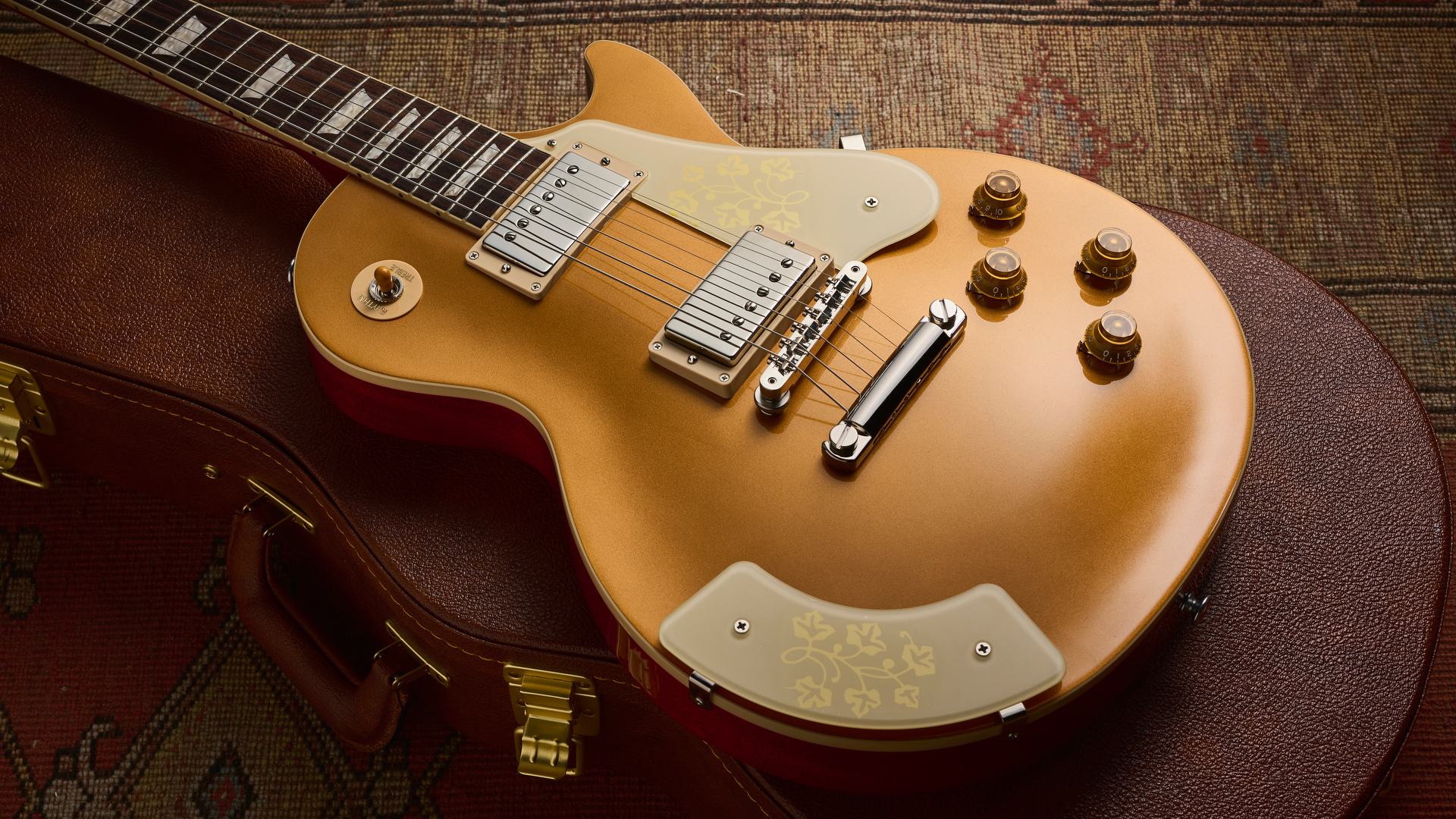
While Gibson has honoured the late, great Mary Ford in the past, a more accessible, core-line guitar has been long overdue – and with this new model, it’s safe to say it was worth the wait.
Visually, this guitar is stunning and thankfully, it has the tone to match. Now, while the aesthetic flourishes grab the headlines, this guitar’s mismatched specs are its secret weapon. Perfectly blending both ‘50s and ‘60s appointments, this new Goldtop gives players the best of both worlds – all while offering something completely new at the same time.
Okay, I wasn’t the biggest fan of the armrest in practice, but I can see it benefiting players who don’t like the sharper edges of a bound Les Paul body. That aside, the Mary Ford is a fantastically made guitar with bags of character and charm that most definitely stands out within the current Gibson catalogue.
MusicRadar verdict: Fun, unique and brimming with character, the Mary Ford Les Paul Standard Goldtop is a fitting tribute to one of the most pioneering recording artists of the fifties. With a distinctive blend of specs and distinguishing visual appointments, this is a Les Paul like no other, and we find ourselves falling for its charm.
Ratings scorecard
| Test | Results | Score |
|---|---|---|
| Build quality | Very well made and stunning finish. | ★★★★1/2 |
| Playability | The '60s neck is super playable, but the armrest can be awkward. | ★★★★ |
| Sounds | The Burstbucker 2 & 3 prove to be versatille. | ★★★★ |
| Overall | A gorgeous guitar that brings something a little different to the LP table. | ★★★★ |
Also try
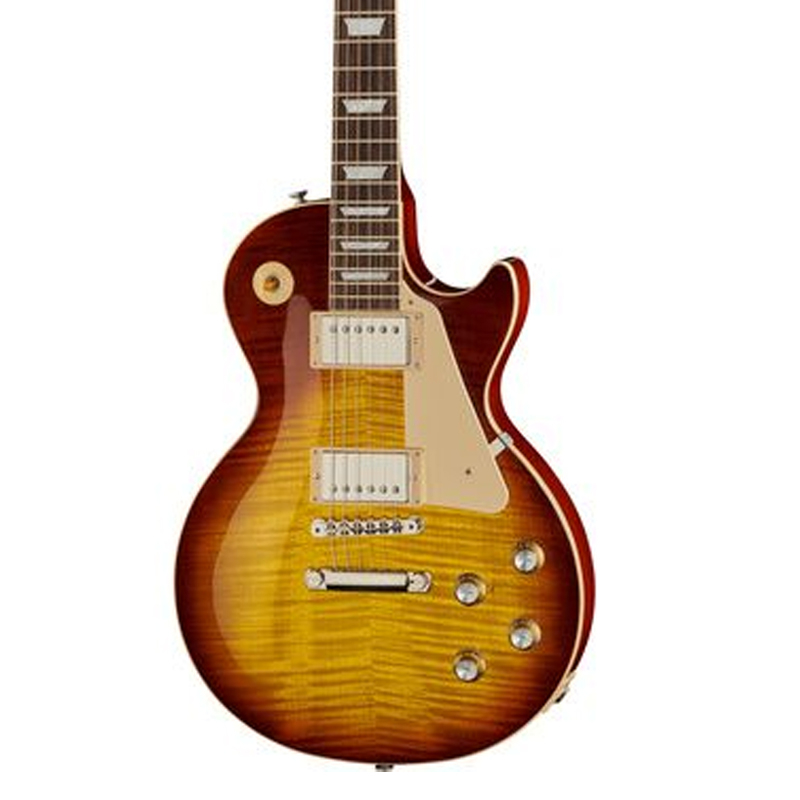
The Standard is Gibson's flagship Les Paul and arguably the most iconic, and for me, the '60s iteration is my favourite. So, if you don't like the gold finish, floral pickguard and armrest, you may prefer this version.

With its ProBucker pickups, classic finish and tonewood cocktail of solid mahogany and maple up top, the Epiphone Les Paul Standard ’50s in Metallic Gold is a great option for those on a budget.
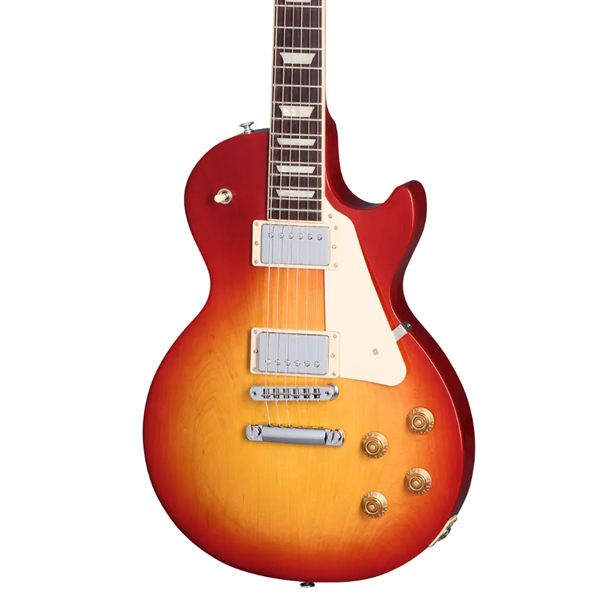
Sitting in between the Gibson Les Paul Standard and the Epiphone, the Gibson Les Paul Studio is a fantastic choice for those looking for a USA-made Gibson that won't break the bank.
Hands-on videos
Gibson TV
The Music Zoo
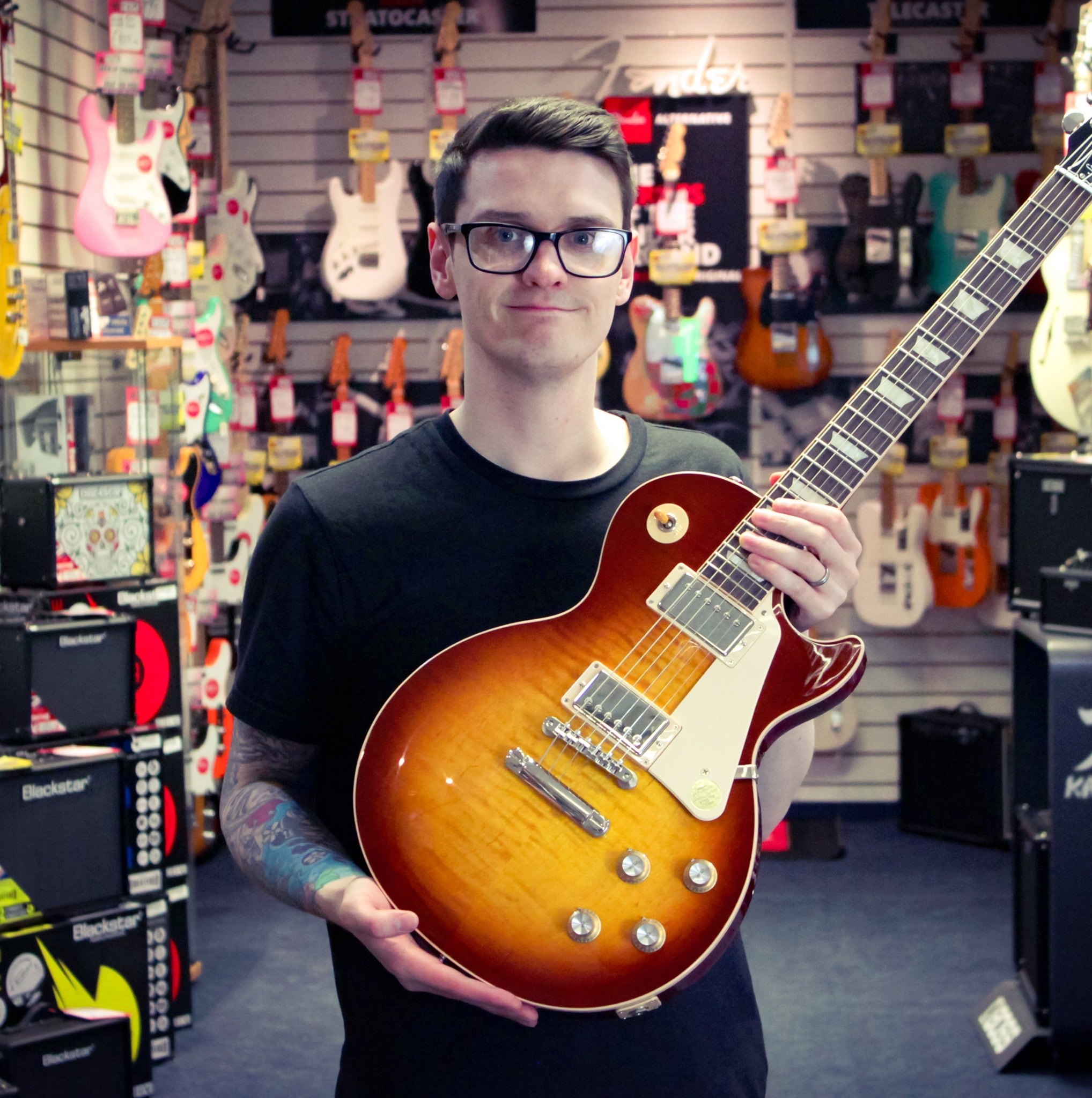
I'm a Senior Deals Writer at MusicRadar, and I'm responsible for writing and maintaining buyer's guides on the site - but that's not all I do. As part of my role, I also scour the internet for the best deals I can find on gear and get hands-on with the products for reviews. My gear reviews have been published in prominent publications, including Total Guitar and Future Music magazine, as well as Guitar World.com. I've also had the privilege of interviewing everyone from Slash to Yungblud, as well as members of Sum 41, Foo Fighters, The Offspring, Fever 333 and many more.
I have a massive passion for anything that makes a sound, particularly guitars, pianos, and recording equipment. In a previous life, I worked in music retail, giving advice on all aspects of music creation and selling everything from digital pianos to electric guitars, entire PA systems, and ukuleles. I'm also a fully qualified sound engineer who holds a first-class Bachelor's degree in Creative Sound Production from the University of Abertay and I have plenty of experience working in various venues around Scotland.
“Built from the same sacred stash of NOS silicon transistors and germanium diodes, giving it the soul – and snarl – of the original”: An octave-fuzz cult classic returns as Jam Pedals resurrects the Octaurus
What’s the buzz? Meet Yellowjacket, Cherry Audio's recreation of EDP’s trend-setting Wasp from 1978
“A fabulous trip through all eight songs by 24 wonderful artists and remixers... way beyond anything I could have hoped for”: Robert Smith announces new Cure remix album
